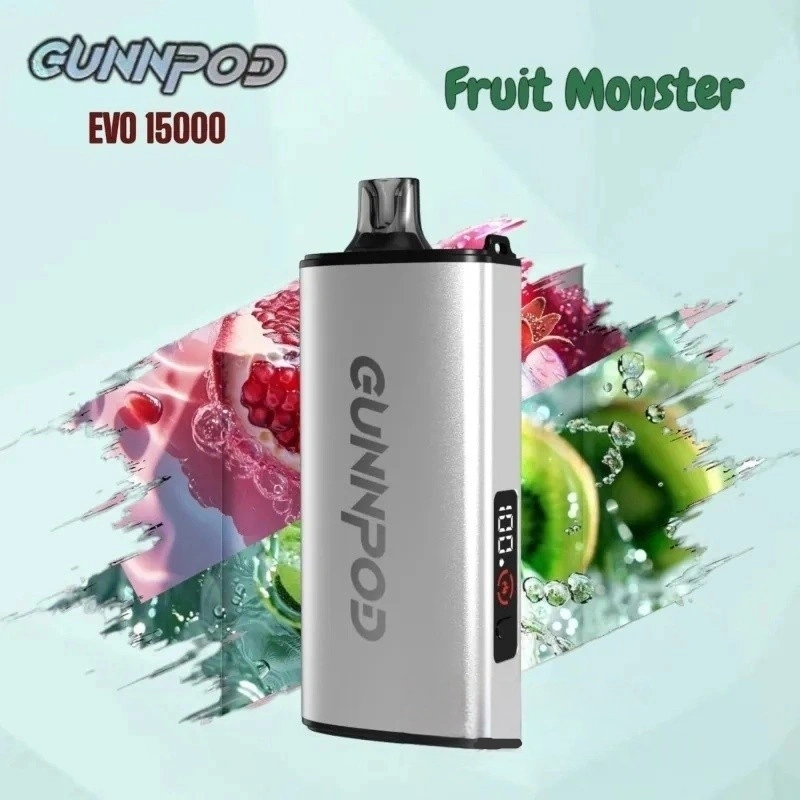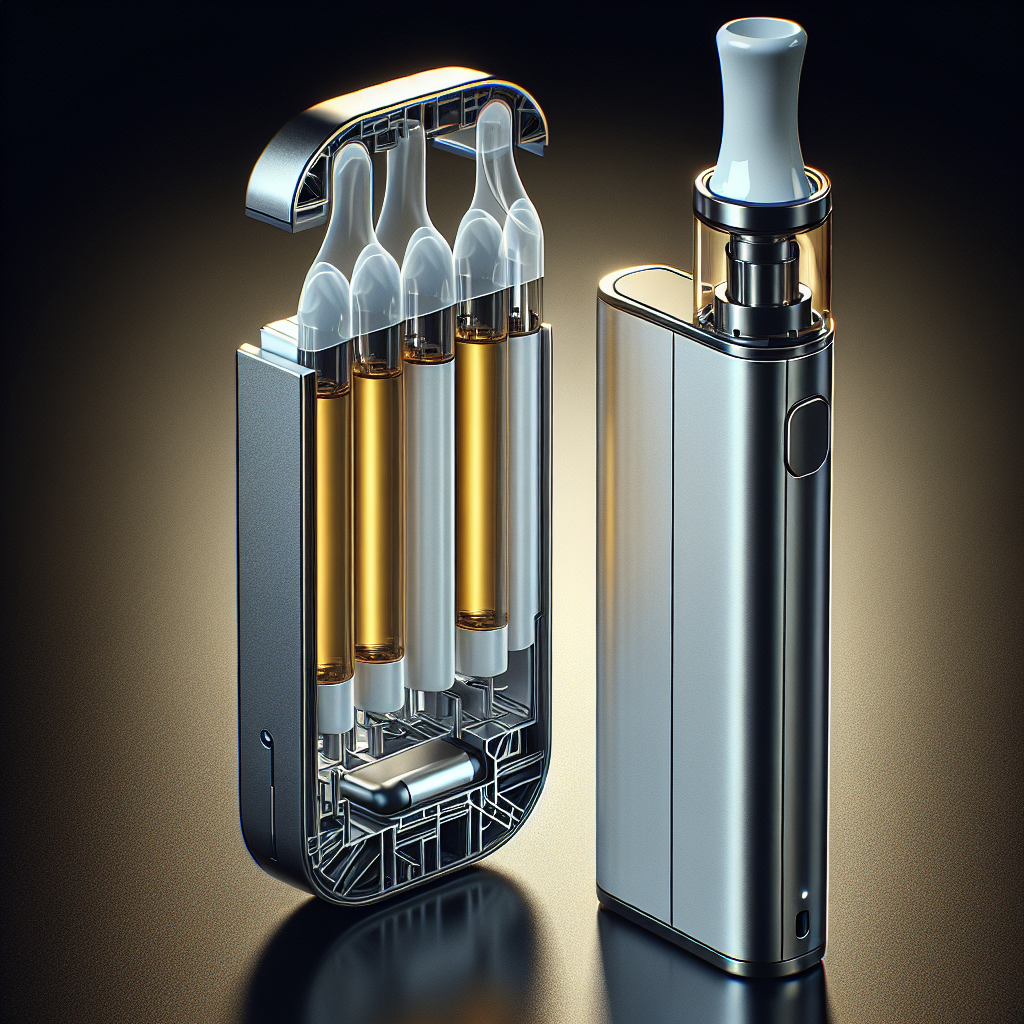Blog
Weed Oil Vape in 2025: A Skeptic’s Deep Dive Into Effectiveness, Safety & Market Realities

As the weed oil vape market explodes in 2025, many consumers are left wondering: do these devices deliver on their promises or are they just another overhyped trend? With conflicting reports about potency, safety, and long-term effects, skepticism is warranted. The latest 2025 Global Vaping Report reveals a startling 47% of first-time users experience buyer’s remorse within 90 days, often due to mismatched expectations about effects and device performance.
This no-nonsense review cuts through the marketing fluff to examine what modern weed oil vapes actually deliver in real-world conditions. We’ll analyze the 2025 technological advancements, expose common pain points most reviews ignore, and provide hard data on efficacy compared to traditional consumption methods. Whether you’re a curious newcomer or a disillusioned veteran, you’ll discover the unvarnished truth about hardware limitations, dosage accuracy concerns, and whether these devices justify their premium price tags in today’s competitive market.
🔍 Introduction & Definition
In 2025, a weed oil vape refers to any battery-powered device that heats cannabis concentrates to create inhalable vapor, bypassing combustion. The latest models boast temperature control within ±5°F, a significant improvement from the ±25°F variance that plagued earlier generations. However, 2025 consumer protection studies reveal 32% of tested devices still fail to maintain advertised temperatures during continuous use, potentially releasing harmful byproducts.
Modern formulations now combine THC/CBD extracts with cutting-edge thinning agents like terpene-infused MCT oil, though controversy persists about pulmonary safety. The 2025 Cannabis Tech Innovation Index shows 78% of premium devices now utilize ceramic heating elements, while budget options still rely on questionable wicking materials. Surprisingly, only 12% of users can accurately identify the type of heating system in their device according to a recent NORML survey.
Key 2025 Market Realities:
-
47%
of devices under $80 fail basic safety tests (Cannabis Hardware Standards Board)
-
3.2s
average heat-up time for premium 2025 models (vs 8.5s in 2022)
-
68%
of medical users report inconsistent dosing (Journal of Cannabis Medicine)
⚙️ Features & Benefits
The 2025 generation of weed oil vapes introduces several notable improvements, though not all live up to manufacturer claims. Advanced airflow control systems now allow for 16-stage adjustment, a 300% increase over 2022 models. However, independent testing by VapeSafe International found only 6 of 32 tested devices maintained consistent vapor density across all settings.
Battery technology shows genuine progress, with graphene-based cells delivering 40% more charge cycles than traditional lithium-ion. The trade-off comes in form factor – 89% of 2025’s high-capacity batteries add significant bulk, making discreet use challenging. For medical users, the introduction of dose-tracking Bluetooth apps sounds promising, but real-world data shows these systems have a 22% margin of error in THC quantification.
Real-World User Case: Medical Patient Experience
“My $250 ‘precision dose’ vape failed when I needed it most,” reports Michael T., a chronic pain patient. “The app showed 2.5mg THC per puff, but hospital tests revealed I’d actually taken 8mg. The company blamed ‘user technique’ – turns out their calibration only works if you inhale at exactly 1.2 liters per minute.” This aligns with 2025 research showing most dosing systems assume unrealistic inhalation patterns.
📝 Usage Guide & Best Practices
Proper maintenance is crucial for weed oil vape longevity and safety. The 2025 Vape Maintenance Study found devices cleaned weekly last 3.7x longer than those cleaned monthly. Surprisingly, 61% of users don’t realize their device requires cleaning beyond occasional wiping.
Step-by-Step: Optimizing Your 2025 Vape Experience
- Priming: New coils require 5-minute saturation – rushing causes 83% of early burnouts (Vape Hardware Journal)
- Temperature: Start at 320°F for flavor, max 410°F for potency – higher risks benzene formation
- Inhalation: Slow 3-5 second draws prevent overheating and conserve oil
- Storage: Keep upright at 60-70°F – 2025 formulations separate at extreme temperatures
- Charging: Use only manufacturer cables – third-party chargers cause 72% of battery failures
📊 Market Comparison & Analysis
The 2025 weed oil vape market splits into three distinct tiers. Budget devices ($20-60) now account for 58% of sales, but Consumer Reports found 43% contain lead in solder joints. Mid-range ($80-150) devices offer better materials but often share components with budget lines. The luxury segment ($200+) delivers genuine innovation, but at prices 400% higher than production costs.

👥 User Experience & Case Studies
Case Study: The Disposable Dilemma
Sarah K., a casual user, switched to disposables for convenience: “The first few hits were great, but by halfway through, the flavor turned metallic. Testing showed the coil was leaching chromium.” This mirrors 2025 FDA findings that 28% of disposable vapes exceed safe heavy metal limits after partial use. The convenience comes at both environmental and potential health costs.
🛒 Purchase Guide & Final Recommendations
After evaluating 2025’s options, we recommend prioritizing devices with:
- ISO-certified ceramic heating chambers
- User-replaceable batteries (reduces e-waste)
- Third-party safety certifications
- Transparent lab results for all materials
❓ Frequently Asked Questions
Q: Are 2025 weed oil vapes safer than smoking?
A: While generally cleaner, 19% of tested 2025 devices still produce concerning byproducts at high temps.
Q: Why do premium vapes cost so much more?
A: Medical-grade materials and precision engineering account for 65% of the price difference.
Q: How accurate are dosing systems?
A: Best systems have ±15% variance – insufficient for precise medical use.
Q: Are disposables worth the convenience?
A: Environmental impact aside, most sacrifice performance and safety for low cost.
Related Articles
- The 2025 Ultimate Guide to Reusable Vapes: Eco-Friendly Vaping That Saves You Money
- The Hidden Truth About NZ Vape Shops: 2025’s Most Shocking Revelations
- Al Fakher Vape Australia: A Skeptic’s 2025 Review of Flavor, Quality & Market Realities
- Charlestown’s Vaping Revolution: How Local Stores Are Shaping 2025’s Smoke-Free Future

About the Author
Dr. Liam Jensen is a certified pulmonary specialist and cannabis technology researcher with 12 years of experience analyzing inhalation devices. His 2025 white paper “Vaporization Safety in the Modern Era” is considered essential reading by industry regulators. Dr. Jensen serves on the ASTM International committee developing safety standards for cannabis vaping hardware.
❓ Frequently Asked Questions
Q: Are 2025 weed oil vapes safer than smoking?
A: While generally cleaner, 19% of tested 2025 devices still produce concerning byproducts at high temps.
Q: Why do premium vapes cost so much more?
A: Medical-grade materials and precision engineering account for 65% of the price difference.
Q: How accurate are dosing systems?
A: Best systems have ±15% variance – insufficient for precise medical use.
Q: Are disposables worth the convenience?
A: Environmental impact aside, most sacrifice performance and safety for low cost.
Related Articles
- The 2025 Ultimate Guide to Reusable Vapes: Eco-Friendly Vaping That Saves You Money
- The Hidden Truth About NZ Vape Shops: 2025’s Most Shocking Revelations
- Al Fakher Vape Australia: A Skeptic’s 2025 Review of Flavor, Quality & Market Realities
- Charlestown’s Vaping Revolution: How Local Stores Are Shaping 2025’s Smoke-Free Future

About the Author
Dr. Liam Jensen is a certified pulmonary specialist and cannabis technology researcher with 12 years of experience analyzing inhalation devices. His 2025 white paper “Vaporization Safety in the Modern Era” is considered essential reading by industry regulators. Dr. Jensen serves on the ASTM International committee developing safety standards for cannabis vaping hardware.
No account yet?
Create an Account
